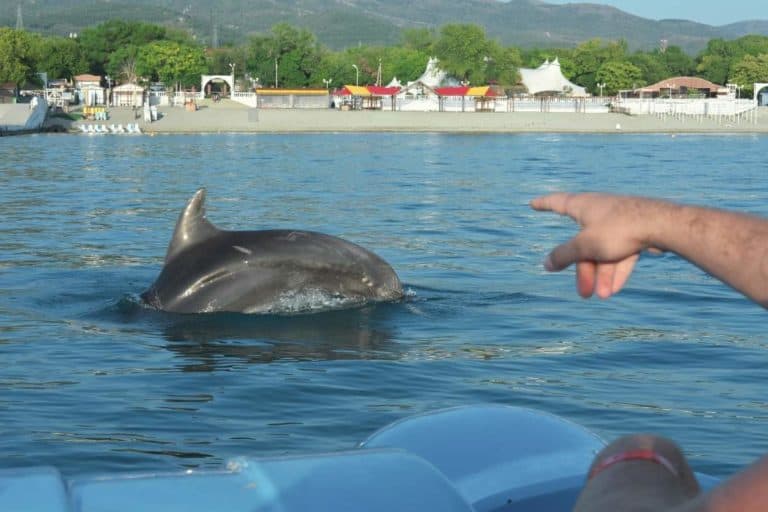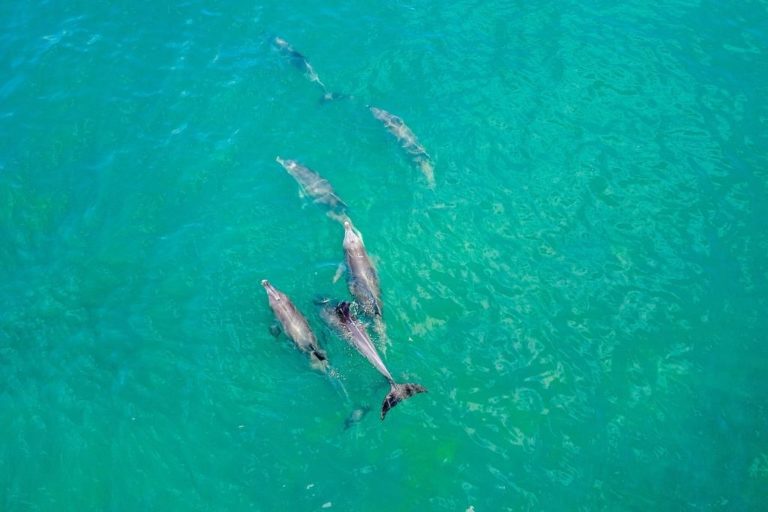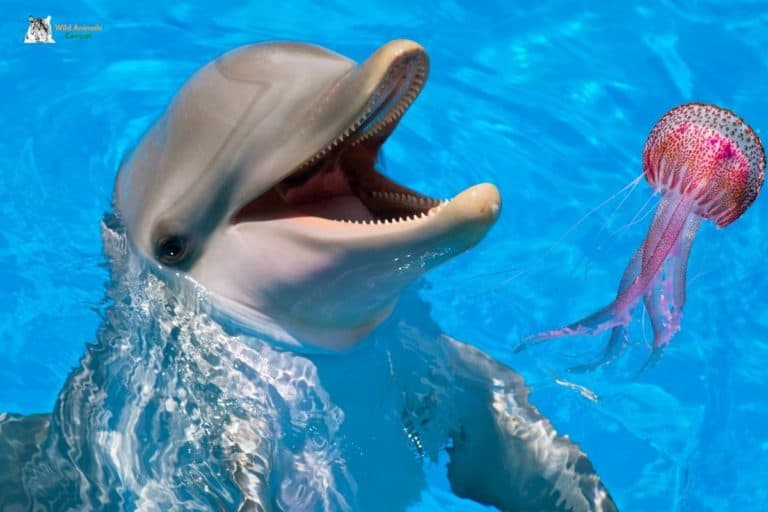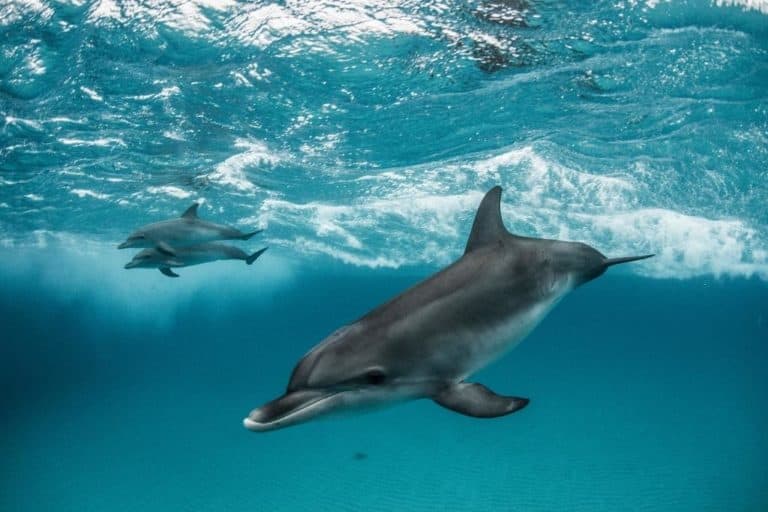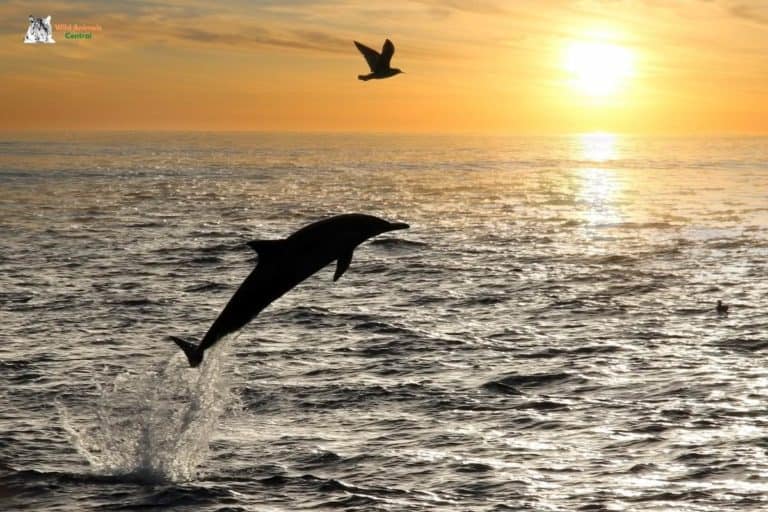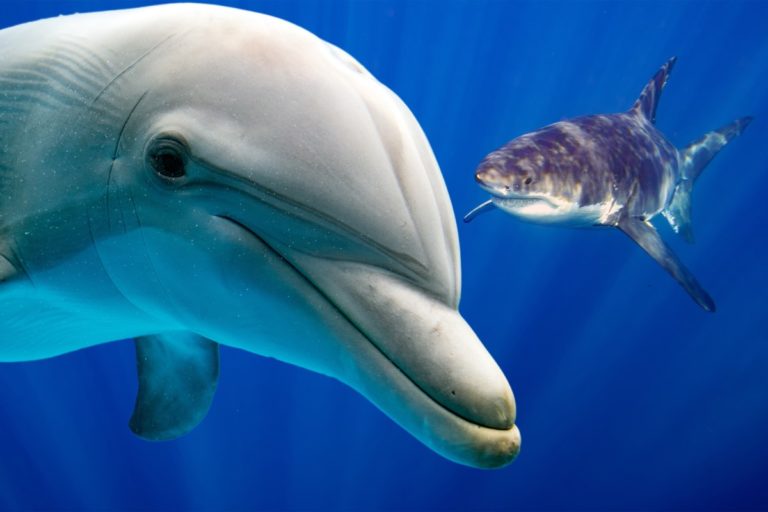Do Dolphins Nurse Their Young?
It’s a common misconception that dolphins don’t nurse their young. In fact, dolphins are very nurturing creatures, and they have a strong bond with their calves.
Dolphin mothers will nurse their calves for up to two years. During this time, the calves will learn to hunt, socialize, and care for themselves.
The mother dolphin will also teach her calf to avoid predators and stay safe in the open ocean.
Nursing is an integral part of the bonding process between mother and calf, and it helps the calf to thrive and grow into a healthy adult dolphin.
Do Dolphins Produce Milk?
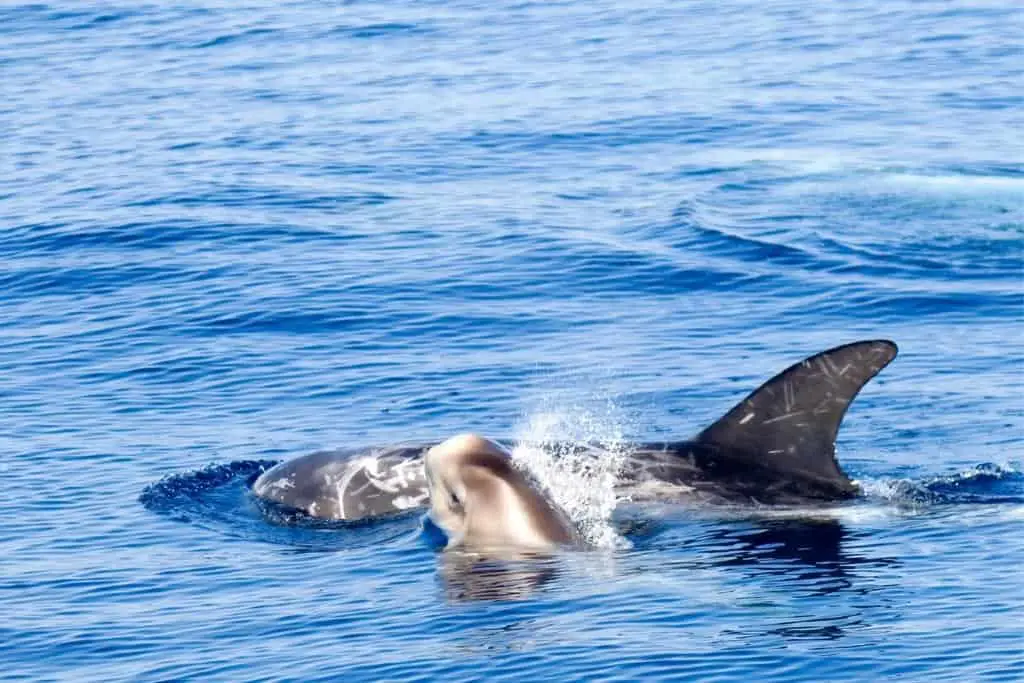
Many people are familiar with the mammalian trait of nursing young ones with milk produced by mammary glands.
It may be less known that this trait is not exclusive to land-dwelling animals; dolphins also make milk to feed their calves. Like all mammals, dolphins require milk for their young to grow and stay healthy.
In fact, baby dolphins consume milk every 20 minutes, 24 hours a day. When calves are very young, their mothers sometimes nurse them for as long as four and a half years.
Dolphins help their young for up to four and a half years, generally with at least two years between sessions.
So the next time you visit a dolphin mother and calf swimming together, know that they are participating in one of the most ancient and essential mammalian bonding rituals.
How do dolphins feed their young?
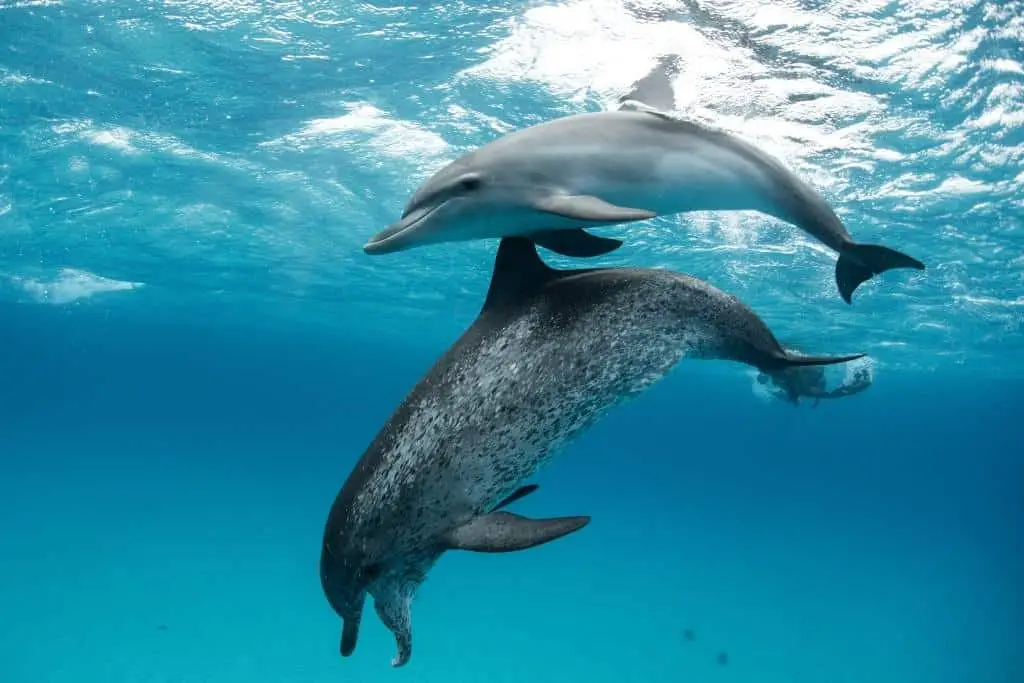
As any parent knows, breastfeeding is not always easy. There can be challenges with latching, supply, and even finding a comfortable position.
But imagine trying to breastfeed…underwater. That’s what dolphins have to do. So how do they manage to successfully nurse their young?
- The milk is very thick and high in fat. This helps it to pass through the water without getting diluted or dispersed.
- The mother dolphin also has to slow down her swimming so that her calf can keep up and latch on.
- The mother will lie on her side during the early weeks after birth so the calf can more easily find the mammary glands.
A calf’s ability to breathe freely is greatly enhanced when it can suckle while submerged. This means the calf may drink its fill without coming to the surface too frequently.
Calves can develop rapidly and develop robust immunity systems as a consequence. Nursing also helps establish a close bond between mother and child, which benefits dolphins’ social behavior.
Do Dolphins Have Nipples?
Dolphins have mammary glands, but they don’t have nipples that you can see. Instead, their nipples are hidden inside the mammary slits.
This unusual feature adapts to life in the water, as external nipples would be more susceptible to damage from salt water and other environmental hazards.
How long do dolphins nurse their young?
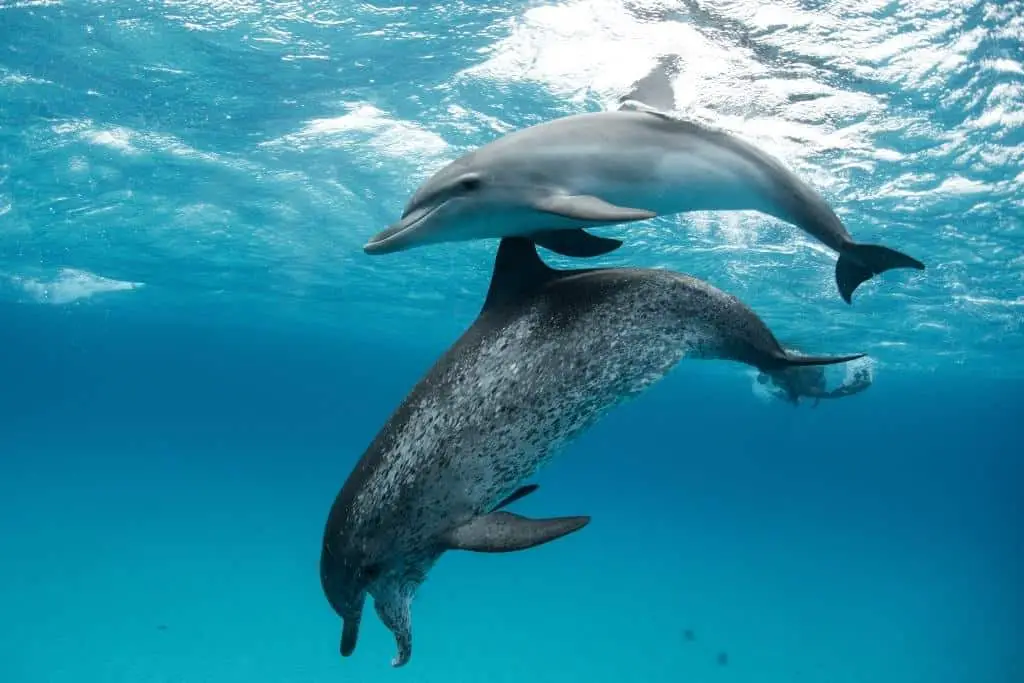
Although dolphins have been documented nursing their offspring for up to five years after birth, most dolphins will only feed their baby milk for the first 2 to 3 years of its life.
After that, the young dolphin will gradually start to eat solid food and eventually be weaned off milk entirely.
However, In some cases, a mother dolphin has been known to nurse her calf for up to five years. In those instances, it is generally believed that the calf is either very young or unable to find food on its own. In either case, extended nursing helps ensure the calf’s survival.
It is interesting to note that male dolphins also play a role in caring for young calves. While they do not produce milk, they will often help to defend and protect the calf from potential predators.
Sometimes, they will even help teach the calf how to find food and hunt. By working together, the mother and father dolphins can help ensure their offspring’s survival.
What is the Importance of Milk to a Baby Dolphin?
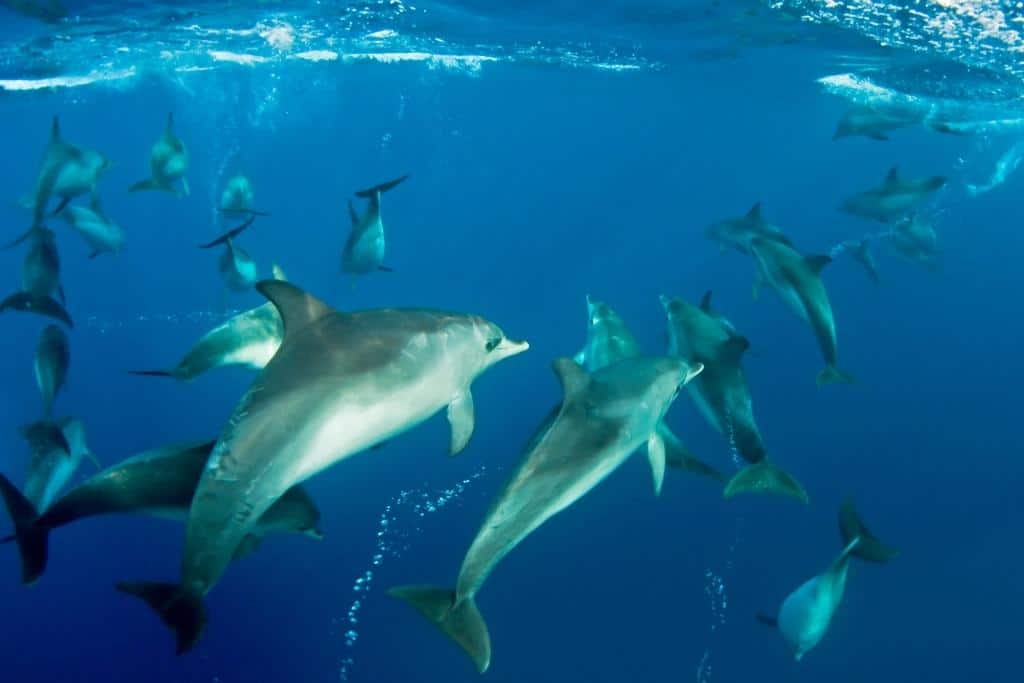
Baby dolphins need milk for healthy nourishment and development, just as human babies. Until they can wean, dolphin calves survive on milk.
Dolphins have a poor survival rate if they cannot obtain milk, which leads them to starvation. Baby dolphins must have access to milk to become healthy and strong adults.
Milk is the perfect food for young dolphins because it contains all the nutrients they need for development.
Dolphin mothers produce a particular type of milk that is very high in fat and calories, which helps their calves gain weight quickly. Baby dolphins drink enormous quantities of milk daily, gaining up to 10% of their body weight daily!
Thanks to their mother’s milk, dolphin calves can grow at a fantastic rate, reaching their full size in just a few years.
Do all mammals nurse their young?
All mammals nurse their young, but not all do it the same way. For example, humans and many other primates feed their infants by cradling them in their arms and using their fingers to guide the nipple into the baby’s mouth.
This position is known as the “crossover hold” because the mother’s arm crosses over her body to support the infant. In contrast, marsupials such as kangaroos carry their young in pouches.
The infant kangaroo, or joey, feeds by attaching itself to a teat inside the pocket. There, it remains until it is fully grown.
Finally, some mammals, such as elephants, hippopotamuses, and rhinoceroses, feed their young by kneeling down and offering them milk from their mouths.
While mammals use different methods to nurse their young, they all share this common practice.
Which mammal does not drink milk?
When you think of a mammal, you probably think of an animal that drinks milk.
After all, that’s what we’re taught growing up. We learn that mammals are animals like cows, pigs, and humans and that all mammals drink milk.
However, the reality is that adult mammals don’t drink milk. In fact, they can’t even digest it.
Milk is designed for baby mammals with a particular enzyme that allows them to break down the lactose in milk. Once they reach adulthood, mammals lose this enzyme and cannot digest milk.
